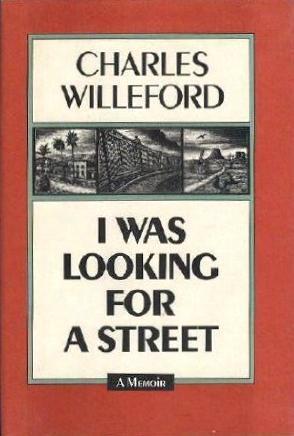What do you think?
Rate this book


143 pages, Hardcover
First published September 1, 1988
When I first hit the road, a bum in Colton, California, had told me that a man should always have a destination of some kind in his mind, even though he had no real plan and knew in his heart that he was going nowhere. There were literally thousands of new bums riding the freight trains in 1933, and very few of them had actual destina-tions. When they were asked where they were going, the standard answer was that they were looking for work. This answer, the professional bum told me, was much too indefinite for anyone in authority because authorities everywhere knew that there was no work anywhere. Not only, he said, did a man need a final destination, he had to add that he already had a job waiting for him when he got there. And somehow, he concluded, it was best for a man to actually believe that he did have a destination, and to head for it. He, he said, was going to New York, and he knew that he would make it, too, because he had been there before. When he got there, he planned to leave immediately, of course, and go to New Orleans, because he hated New York. But at least, having a destination in mind kept a man from thinking he was merely on an aimless journey to nowhere. What he said made a lot of jsense to me.
There is a definite distinction, and an important one, to be made between a bum (tramp) and a hobo (transient worker). A bum, or tramp, is a professional; he is on the road by choice, and he is uninterested in employment of any kind. A hobo is a man who uses freight trains as a free means to get from one job to another, especially during harvest seasons. The hobo frequents the jungles and uses the trains just as bums do, and he is not above begging when he is broke, but he is on the road primarily in search of employment. In the American economy, bums and hobos are a constant.
But in the 1930s there was another in-between category, a man who was homeless and who would much rather have been settled somewhere, anywhere, with a permanent job of some kind. He was on the road because he had nowhere else to go, and he hated his condition.